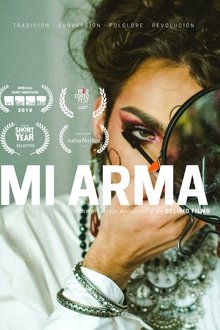Avant-Drag! paints portraits of ten drag artists of varying gender expressions and sexualities who take to the streets of Athens to query, problematise and (yes, please!) undermine social strictures. Employing wildly imagined personas – like riot housewives and Albanian turbo-folk girls – who perform acts as revolutionary as praising abortion and as charming as drawing childish pictures, these artists call for social justice by taking aim at conservatism, patriarchy, patriotism, racism and sexism.
Related Movies
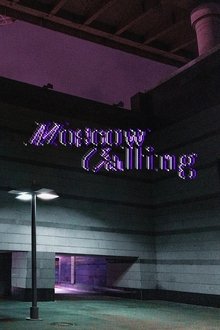
Moscow Calling (2022)
The animated corpse of Moscow goes on after its inhabitants left. Filled with weeps and whispers of the mourning ghosts, torn apart with phone calls from distant countries and unfamiliar sounds, emotionally devastated and deserted, the city attempts to reconcile with its own voice.
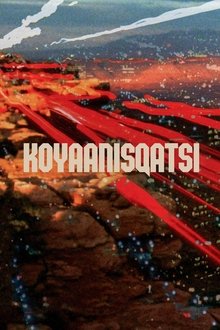
Koyaanisqatsi (1983)
Takes us to locations all around the US and shows us the heavy toll that modern technology is having on humans and the earth. The visual tone poem contains neither dialogue nor a vocalized narration: its tone is set by the juxtaposition of images and the exceptional music by Philip Glass.
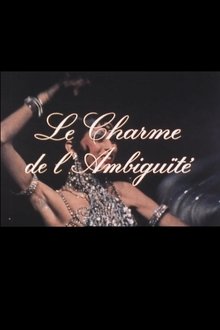
Le charme de l'ambiguïté (1974)
From transvestites to transformers, we will follow the trail that will lead us in different and famous Parisian music-halls, such as the mythical Alcazar of Paris, La Grande Eugène. Whether they are below or beyond their character, often these men who are looking for themselves look at life with the humor of despair. Why this need to "transform" themselves? Why is it always the men who cross-dress and not the women? Why did the public flock to these shows in the 1970s and 1980s? Interpretations of famous characters such as Diana Ross, Josephine Baker, Billie Holiday, the Peter Sisters, the Andrew Sisters, Zizi Jeanmaire, Judy Garland, Sarah Bernhardt, among others, contribute to making this musical document an essential testimony of this era.
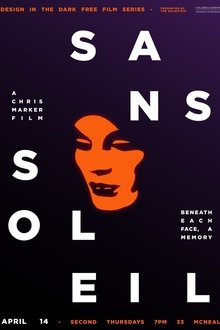
Sans Soleil (1983)
A woman narrates the thoughts of a world traveler, meditations on time and memory expressed in words and images from places as far-flung as Japan, Guinea-Bissau, Iceland, and San Francisco.
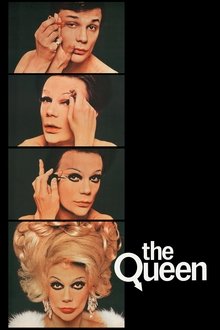
The Queen (1968)
In 1967, New York City is host to the Miss All-American Camp Beauty Pageant. This documentary takes a look behind the scenes, transporting the viewer into rehearsals and dressing rooms as the drag queen subculture prepares for this big national beauty contest. Jack/Sabrina is the mistress of ceremonies, and their protégé, Miss Harlow, is in the competition. But, as the pageant approaches, the glamorous contestants veer from camaraderie to tension.
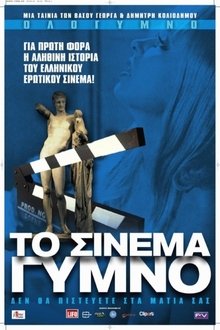
Naked Cinema (2010)
In the early 70s Greek cinema entered in a period of crisis. One of its aspects was said "crisis of issues" and one of the exits heard in the name "erotic cinema". The genre was already acquaintance from the abundance of foreigner films, that was distributed in the grindhouses under the "adults only" motto and its Greek version had a lot of variants.
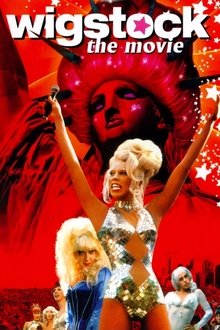
Wigstock: The Movie (1995)
The three-decade-old annual Manhattan gathering of drag queens and their fans is portrayed in this colorful documentary. The film concentrates on the spectacle of the event, providing abundant examples of the elaborate costumes, flamboyant wigs, and campy musical performances that characterize the event.
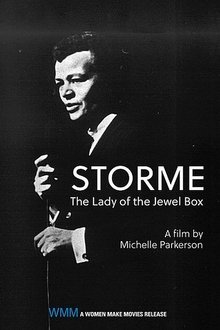
Stormé: Lady of the Jewel Box (1991)
“It ain’t easy…being green” is the favorite expression of Stormé DeLarverie, a woman whose life flouted prescriptions of gender and race. During the 1950s and '60s she toured the black theater circuit as a mistress of ceremonies and the sole male impersonator of the legendary Jewel Box Revue, America’s first integrated female impersonation show and forerunner of La Cage aux Folles.
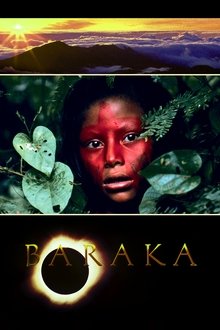
Baraka (1992)
A paralysingly beautiful documentary with a global vision—an odyssey through landscape and time—that attempts to capture the essence of life.
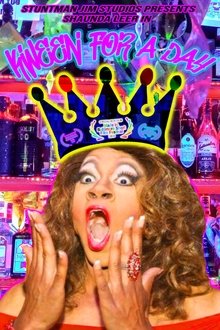
Kween For A Day (2020)
Baltimore-based drag queen Shaunda Leer (Scott Murdock) discusses why she's chosen to perform in drag for over ten years. She also recounts several stories about her family relationships and concerns about her physical safety as a member of the GLBTIQ community.
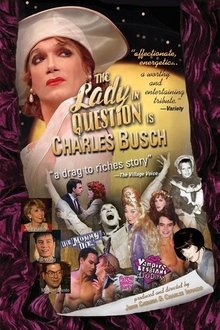
The Lady in Question Is Charles Busch (2005)
Tender and upbeat, THE LADY IN QUESTION IS CHARLES BUSCH is the affectionate and entertaining tribute to actor, writer, drag performer, and glamorous leading lady Charles Busch.
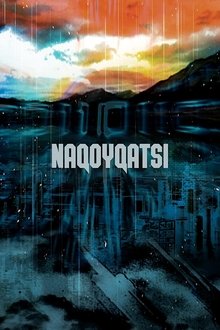
Naqoyqatsi (2002)
A visual montage portrait of our contemporary world dominated by globalized technology and violence.
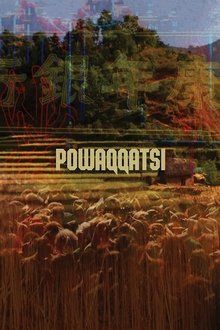
Powaqqatsi (1988)
An exploration of technologically developing nations and the effect the transition to Western-style modernization has had on them.

Panta Rhei (1952)
In 1952, Haanstra made Panta Rhei , another view of Holland through the eyes of a painter and filmmaker. Its poetic images of water, skies and clouds reflect Haanstra's own moods.
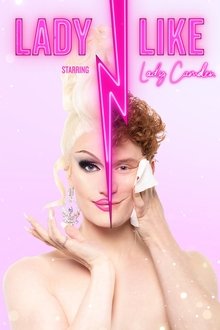
Lady Like (2024)
In this rags to riches origin story, Lady Camden struggles to manage the demands of her freshly minted international fame, while Rex is forced to come to terms with the troubling childhood he left behind in Camden which drove him to so desperately seek joy, fantasy and escape through the performing arts.
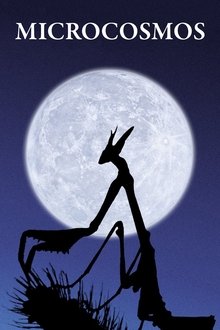
Microcosmos (1996)
A documentary of insect life in meadows and ponds, using incredible close-ups, slow motion, and time-lapse photography. It includes bees collecting nectar, ladybugs eating mites, snails mating, spiders wrapping their catch, a scarab beetle relentlessly pushing its ball of dung uphill, endless lines of caterpillars, an underwater spider creating an air bubble to live in, and a mosquito hatching.
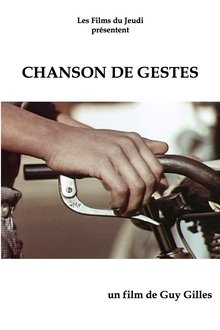
Chanson de gestes (1966)
Choreography of familiar gestures that the author was able to spice up with a peculiar and original perspective.
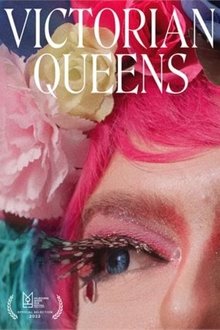
Victorian Queens (2022)
Victorian Queens takes a deep dive into the weird, wonderful and utterly unique landscape of Melbourne's drag community.

I Am More (2022)
Night falls on the city, and More′s splendid and daring show begins. More, a drag queen at a club in Itaewon, Seoul, is a transgender who wanted to become a ballerina. The audience cheers, but More is fed up with the gig he/she has been doing for 20 years. Around that time, he/she is cast for the "Stonewall Riots 50th Anniversary" performance in New York and finally get a chance to go on stage in toe shoes.
